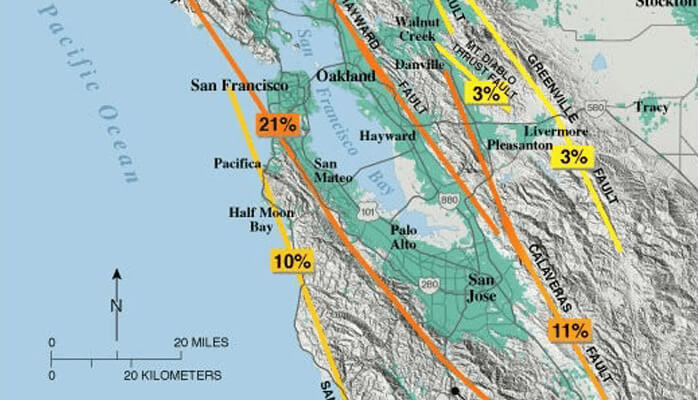As a Supply Chain Professional, I have traveled around the world and have found that earthquakes, floods, coups, and volcano eruptions happen while you are on the road. I was also born in Chile, which gave me a chance to experience a couple of “the Big Ones!”
Even though as Californians we are proud to live in Earthquake Country, we really have no clue of what a big one is. First, a magnitude 6 or 7 is not a big one. Not for most newer cities.
The San Andreas Fault is long overdue for the big one and in my humble opinion, we are not prepared.
Keep in mind that the big one (magnitude 7.8 to 8.2+) is not just one quake. Typically, there are hundreds of aftershocks that follow for months, and things don’t go back to normal until after one year. If we were to have an 8.2, we should expect that large aftershocks will most likely follow.
If you look back at the last few big ones in the world over the last few years, they all have been marked by a loss of life and short-term economical paralysis followed by years of recovery (Japan 9.3, Indonesia 9.0, Chile 8.8, to mention a few).
One of the “positive” things about the San Andreas fault is that is mostly under land, inland. So contrary to what the movie San Andreas dramatically showed, the chances of tsunami are close to zero for California, which is what has caused the most deaths in previous quakes.
The negative aspect of the San Andreas is that runs under or close to major markets such as Silicon Valley and LA among other very important cities / markets.
The largest earthquake I experienced was in 2010, an 8.8 in Chile, while on the 12th floor of a building. I also experienced the 6.7 Northridge, California where I lived less than 10 miles from the epicenter (my College and office was in Northridge) back in 1994. The difference between a 6.7 and 8.8 are exponentially higher but also one lasted less than 30 seconds and the other more than 4 minutes.
So what should a company in Silicon Valley should do?
- Larger companies should have redundancy in their computers/ IT systems. These should be tested frequently.
- Setup protocols for relocating operations. Most companies don’t have protocols in place to relocate their operations which may have to be done for an extended period of time.
- Companies should have a couple of satellite phones for key executives, operational personnel and key sites. Your cell and hard lines will not work for days or weeks in some areas (nothing like the President of a country asking another country to lend a few Satellites phones).
- Companies need to have a backup to operate for a while in another state that has not been impacted by the quake.
- Your company may have to move or operate from different state distribution centers.
- Companies should have backup plans that include some of the major fiber optic lines cut in California for a number of days or weeks which means that some of their back-up plans to recover Internet may be workable. Satellite communication equipment and services are much cheaper than they used to be.
- Cross-training and planning for some foreseeable events like this is not just common sense, it is a basic way to ensure that your company can minimize the damage and stress of major events such as this one.
- Working remotely may become a necessity for most commuters and that may affect your operations – so plan for it.
- Another factor which is difficult to plan but it is a fact of life, employees that have moved from other states to work for your company in “earthquake country” may not want to stay around.
- If the only production line you have is less than 25 miles from the fault, make sure that your facility could withstand a 8 + earthquake as proximity will hit you harder based upon your terrain and the locations of the hills around your site. That means that Base Isolation technology may be needed or any other of the latest products aimed to reduce the impact of larger earthquakes.
- Have drills and plan for it. Nobody wants this to happen but it will happen which means that it is a fiduciary duty to plan for major events like this.
- If your backup generators have enough fuel for 8 – 24 hours you may have a problem after 8-24 hours, which means that you need to have a plan to keep those generators running. Most gas stations don’t function without electricity, meaning you may not be able to get fuel for a few days
- The need to keep some cash on hand. If electricity and Internet are not available your credit card will not be useful and gas stations and local stores will only take cash for those first few days.
Personally, I always keep my gas tank more than half full, carry an emergency kit that will last for my family for 3 days in the car, some cash on hand, plenty of power back up and flash lights at home and in the car. We have 5 days of water and food in our emergency tote at home. My family knows where we would meet and where to go if we are not together at the time of the event.
Finally, we want to be part of the solution and take care for our companies, families, friends and employees. I want to give those around me a sense of peace to know that we are as prepared as we can be.
If you have any questions please contact me at Global4PL – we have helped many start-ups, small businesses and some very large companies, and our customers do sleep better.
Global4PL is the Third Largest IOR-EOR Service Provider Worldwide & the only IOR-EOR Service provider with an In-House U.S. Licensed Customs Brokerage & Trade Legal Team that serves 76 countries worldwide.
Global4PL: We are your IOR, cost, compliance, and efficiency experts.
Sergio Retamal, CEO of Global4PL, has 27 years of executive Supply Chain and Procurement experience. He holds a Masters Degree in Change Management from Pepperdine University’s Graziadio School of Business and a Masters Degree in Business Administration in International Business from California State University, Northridge. He also holds a Bachelors of Science in International Business from California State University, Northridge.





